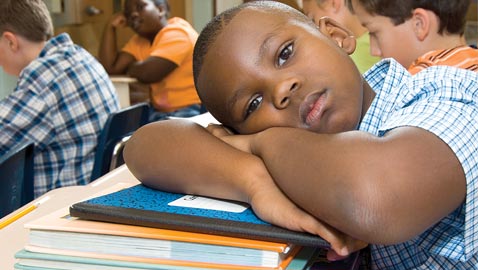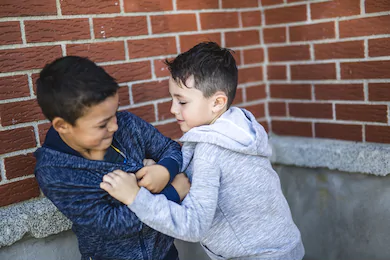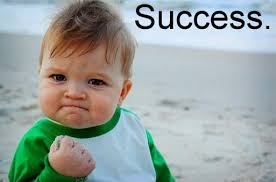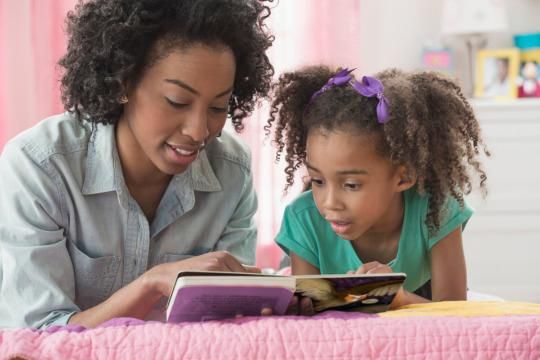SUCCESSFUL LIVING LEARNING INSTITUTE has designed a Youth Success Programming that helps children excel in varies areas of achievements and goals by changing their negative self-limiting and self-defeating beliefs. Beliefs are the foundation of your personality. Your reality is created by your beliefs. ‘These beliefs, usually subconscious, are often the results of lifelong programming’, and represent a powerful influence on human behavior. Youth Success Programming will help your ( child/ children/ young adult) develop a positive self-achieving belief that will advance their Academic Knowledge, IQ, Behavior Modification, Parent-Child Relationship and establish a better rapport with school officials and teachers.
According to Epigenetics studies your child/children/young adult behavioral problems is not due to any genetic (DNA) inheritance. Their misbehavior is based upon behavioral beliefs perceptions and classroom environment. Behavior problems in school interfere with learning — for all students in the classroom. If your child’s impulsively, aggression, inattention, or hyperactivity are getting him/her in trouble with the teacher and classmates, positive programming will help.
We here at the institute have designed a Behavioral Modification Programming technique which has a friendly method designed to help change children’s negative beliefs programming that has been internalized in them through their neighborhood environmental exposure.
We also have a Academic Achievements Programming which is designed to help your child/children/young adult improve his/her school grades, IQ, learning ability, and attention span through self-programming. This process will remove any negative self-defeating hindering attitudes that tends to obstruct a child’s learning ability.
We have designed a Communication Rapport Programming that will be able to detect the learning representation deficiency and program a new representation perception that will correct the learning deficiencies. A child’s learning ability is tied into his/her visual, auditory, and kinesthetic learning representation. Learning problems happen because of the way the brain takes in and processes information. As a result, some people learn differently. The trick will be figuring out how you learn best. If there are any weaknesses in any of these areas it will appear to the child that he/she lacks the academic ability to learn.
There are 3 Types of Learning Representation For Classroom Rapport:
VISUAL– Visual learning is a style in which a learner utilizes graphs, charts, maps and diagrams. It is one of the 3 basic types of learning styles in the Fleming V.A.K. model that also includes Kinesthethic learning and Auditory learning.
AUDITORY– Auditory learning is a learning style in which a student learns through listening. An auditory learner depends on listening an speaking as a main way of learning.
KINESTHETIC– Kinesthetic is a learning style in which learning takes place by the students carrying out physical activities,rather than listening to a lecture or watching demonstrations.












